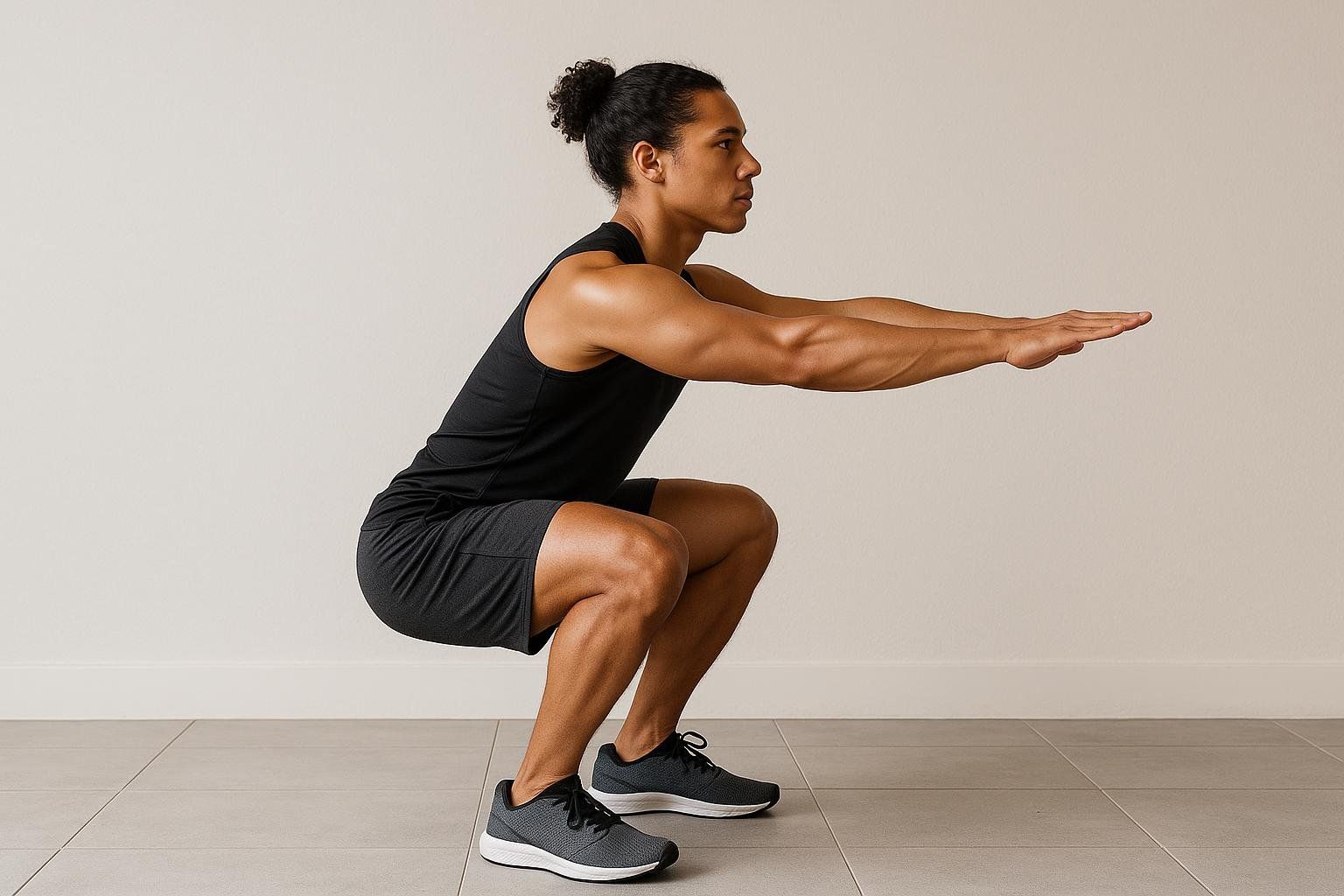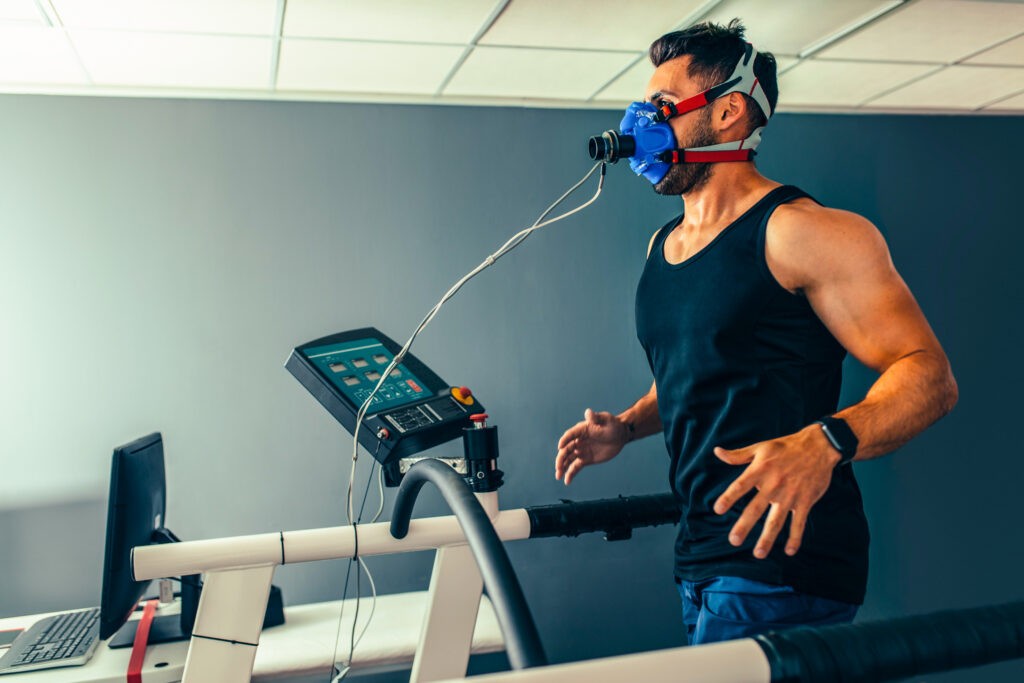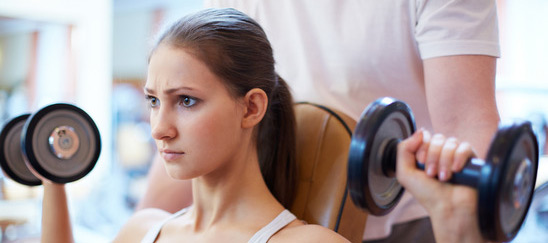Imagine stepping on a scale, feeling hopeful, only to see a number that doesn’t tell the full story of your health. I’ve been there—obsessed with weight, not realizing it’s just one piece of the puzzle. Healthy body composition is about more than a number; it’s about balancing muscle, fat, and overall wellness to feel strong and vibrant. Let’s dive into what healthy body composition really means and how you can achieve it with practical, sustainable steps.
What Is Healthy Body Composition?
Body composition refers to the proportion of fat, muscle, bone, and water in your body. Unlike weight, which lumps everything together, body composition gives a clearer picture of your health by showing how much of your body is lean mass versus fat mass. A healthy body composition typically means having a balanced ratio of muscle to fat, supporting physical function and reducing disease risk.
Why Body Composition Matters More Than Weight
Focusing solely on weight can be misleading. Two people might weigh the same, but one could have more muscle and less fat, making them healthier. Body composition affects metabolism, energy levels, and even longevity. Understanding it helps you set meaningful goals beyond just “losing weight.”
Key Components of Body Composition
- Fat Mass: Includes essential fat (vital for organ function) and stored fat (energy reserves).
- Lean Mass: Comprises muscles, bones, organs, and water.
- Body Fat Percentage: The percentage of your total weight that’s fat, ideally 10–20% for men and 18–28% for women, depending on age and fitness level.
- Water Weight: About 60% of your body, critical for hydration and cellular health.
Each component plays a role in how your body functions, from strength to disease prevention.
Why Should You Care About Body Composition?
I remember a friend who was thrilled to lose 10 pounds, only to feel weak and sluggish. Turns out, she lost muscle, not fat. Improving body composition isn’t just about aesthetics; it’s about feeling better, moving easier, and lowering risks of conditions like diabetes or heart disease. It’s about thriving, not just surviving.
Health Benefits of Optimal Body Composition
A balanced body composition boosts metabolism, improves insulin sensitivity, and enhances physical performance. It also reduces the risk of obesity-related diseases and supports mental health by boosting confidence and energy.
Risks of Poor Body Composition
Excess fat, especially visceral fat around organs, increases the risk of chronic diseases. Low muscle mass, known as sarcopenia, can lead to weakness and mobility issues, especially as we age. Both extremes harm long-term health.
How to Measure Body Composition
When I first got serious about fitness, I bought a fancy scale that promised to measure body fat. It wasn’t perfect, but it opened my eyes to tracking progress beyond weight. There are several ways to measure body composition, each with pros and cons.
Common Methods to Assess Body Composition
| Method | How It Works | Pros | Cons |
|---|---|---|---|
| DEXA Scan | Uses X-rays to measure fat, muscle, and bone. | Highly accurate, detailed breakdown. | Expensive, requires professional setup. |
| Bioelectrical Impedance | Measures resistance to electrical flow. | Affordable, easy to use (home scales). | Less accurate, affected by hydration. |
| Skinfold Calipers | Measures fat under the skin at specific sites. | Cost-effective, portable. | User error can skew results. |
| Hydrostatic Weighing | Measures buoyancy in water. | Very accurate. | Hard to access, uncomfortable. |
Each method offers insights, but consistency in using one method is key for tracking progress.
Where to Get Body Composition Tests
- Gyms and Fitness Centers: Many offer bioelectrical impedance scales or caliper tests.
- Medical Facilities: DEXA scans are available at hospitals or specialized clinics.
- Home Devices: Smart scales like those from Withings or Fitbit provide estimates, though less precise.
Choose a method that fits your budget and access, but don’t obsess over numbers—use them as a guide.
How to Improve Your Body Composition
Improving body composition is like tending a garden: it takes consistent effort, the right tools, and patience. Here’s how to build muscle, reduce fat, and feel your best.
1. Prioritize Strength Training
Lifting weights or doing bodyweight exercises builds muscle, which boosts metabolism and improves body composition. I started with simple push-ups and dumbbells at home, and the strength gains were a game-changer.
- Start Small: Try 2–3 sessions per week, focusing on compound moves like squats or deadlifts.
- Progressive Overload: Gradually increase weight or reps to challenge muscles.
- Rest and Recover: Muscles grow during rest, so take at least one day off between sessions.
2. Optimize Your Nutrition
Food is fuel, but it’s also a tool for sculpting your body. I once thought cutting carbs was the answer, but balancing protein, fats, and carbs gave me better results without feeling deprived.
- High-Protein Diet: Aim for 0.7–1 gram of protein per pound of body weight to support muscle growth.
- Calorie Balance: To lose fat, maintain a slight calorie deficit; to gain muscle, a slight surplus.
- Whole Foods: Prioritize lean meats, vegetables, fruits, and healthy fats like avocado or nuts.
3. Incorporate Cardiovascular Exercise
Cardio burns calories and improves heart health, complementing strength training. I hated running, so I found joy in cycling and HIIT workouts, which kept things fun.
- Mix It Up: Combine steady-state cardio (like jogging) with high-intensity interval training (HIIT).
- Frequency: Aim for 150 minutes of moderate cardio per week, per CDC guidelines.
- Enjoyment: Choose activities you love to stay consistent.
4. Prioritize Sleep and Stress Management
Poor sleep and high stress can sabotage your efforts by spiking cortisol, a hormone that promotes fat storage. I learned this the hard way during a stressful job when my progress stalled despite diet and exercise.
- Sleep 7–9 Hours: Quality sleep supports muscle recovery and hormone balance.
- Stress Less: Try meditation, yoga, or even a walk to manage stress.
- Consistency: Create a bedtime routine to signal your body it’s time to rest.
5. Stay Consistent and Track Progress
Consistency beats perfection. I used to get discouraged by slow progress, but tracking small wins—like lifting heavier or feeling stronger—kept me motivated.
- Log Workouts: Use apps like MyFitnessPal or a simple notebook.
- Measure Regularly: Check body composition monthly, not daily, to avoid frustration.
- Celebrate Wins: Focus on non-scale victories like better energy or fitting into old jeans.
Pros and Cons of Focusing on Body Composition
| Pros | Cons |
|---|---|
| Better health insights than weight alone. | Requires effort and consistency. |
| Improves strength and energy levels. | Tools like DEXA scans can be costly. |
| Reduces disease risk. | Progress can be slow, testing patience. |
| Enhances physical appearance. | May require learning new skills (e.g., lifting). |
Focusing on body composition offers long-term benefits but demands commitment and patience.
Best Tools for Improving Body Composition
- Fitness Apps: MyFitnessPal for nutrition tracking, Strong for workout logging.
- Smart Scales: Withings Body+ or Fitbit Aria for home body fat estimates.
- Wearables: Fitbit or Apple Watch to track activity and heart rate.
- Gym Equipment: Dumbbells, resistance bands, or a pull-up bar for home workouts.
Invest in tools that align with your goals and lifestyle for sustainable progress.
Comparison: Body Composition vs. Weight Loss
| Aspect | Body Composition | Weight Loss |
|---|---|---|
| Focus | Muscle gain, fat loss, overall health. | Reducing total body weight. |
| Measurement | Body fat %, muscle mass. | Scale weight. |
| Health Impact | Improves metabolism, strength. | May not address muscle loss. |
| Sustainability | Long-term, lifestyle-focused. | Often short-term, diet-focused. |
Body composition offers a holistic approach, while weight loss can be too narrow.
People Also Ask (PAA)
What is a healthy body fat percentage?
A healthy body fat percentage varies by age and gender. For men, 10–20% is ideal; for women, 18–28%. Athletes may aim lower, but too low can harm health.
How can I reduce body fat without losing muscle?
Combine strength training with a moderate calorie deficit and high protein intake. Avoid extreme diets, and prioritize rest to preserve muscle mass.
Can I improve body composition without a gym?
Yes! Bodyweight exercises like push-ups, squats, and planks, paired with proper nutrition, can improve body composition at home.
How long does it take to see changes in body composition?
Noticeable changes typically take 8–12 weeks with consistent effort, though small improvements may appear sooner.
FAQ Section
What’s the difference between body composition and BMI?
BMI measures weight relative to height but doesn’t distinguish fat from muscle. Body composition provides a detailed breakdown of fat, muscle, and other tissues, offering a better health indicator.
How often should I check my body composition?
Measure every 4–6 weeks to track progress without obsessing. Frequent checks can be misleading due to fluctuations in water weight or other factors.
Can diet alone improve body composition?
Diet is crucial but not enough. Combining nutrition with strength training and cardio ensures fat loss while building or maintaining muscle.
Are home body fat scales accurate?
Home scales use bioelectrical impedance, which can be less accurate than DEXA or hydrostatic weighing. They’re useful for trends but not precision.
What foods help improve body composition?
Focus on protein-rich foods (chicken, fish, eggs), complex carbs (quinoa, sweet potatoes), and healthy fats (nuts, olive oil) to support muscle growth and fat loss.
Final Thoughts
Improving your body composition is a journey, not a race. It’s about building a stronger, healthier you—one squat, one meal, one good night’s sleep at a time. Start small, stay consistent, and celebrate every step forward. For more tips, check out resources like CDC’s Physical Activity Guidelines or try a fitness app to kickstart your progress. Your body will thank you!




